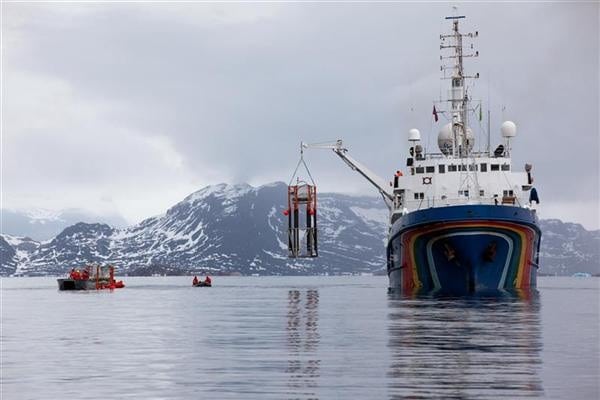The term fjord literally translates into “where one fares through”. Essentially, a fjord is a geographical formation, a U-shaped undersea valley with steep land on three sides. The opening toward the sea is called the mouth of
the fjord whereas the fjord’s inner part is called the sea bottom. Formed by the giant glacier tongues through several ice ages, a fjord is often surrounded by dramatic mountain scenery.
The Fjord Norway were carved out of ice three kilometres thick, which covered Northern Europe in a succession of ice ages. Situated in the Western part of Norway, this region consists of four counties namely Rogaland, Hordaland, Sogn & Fjordane and Møre & Romsdal. In fact, the Sognefjord (203 km), and the Hardanger Fjord (179 km) are among the second longest fjords in the world. These geographical marvels have been inscribed on UNESCO’s World Heritage List and were voted the world’s most unspoiled tourist destination by the reputed National Geographic.
As far as the climate In Fjord Norway is concerned, it is highly varied. When travelling to this area, one ought to be prepared for all kinds of weather and temperatures. At the high mountains, temperatures may drop rapidly as the sun sets. So ensure that take warm windproof clothing with you, if you’re going to the mountains or planning a boating trip.
May is essentially the Spring season, when one can spot lots of colours bursting forth and orchards of blossoming fruit trees. The summer in Fjord Norway peaks in late June to early August. It wouldn’t be wrong to call these months as the most stable, in terms of temperature, as the weather is warm, with sunny, long and bright days and temperatures reaching 25°C and above. However, the night time temperatures can go as low as 10℃. From September, Autumn arrives and the landscape is draped in golden colours. This also happens to be harvest time along the fjords. With November, one witnesses the onset of winter, which turns Fjord Norway into a paradise for skiiers. Thus, every season has its own share of experiences to offer in Fjord Norway region. So, depending on their preferences, travellers can choose a month to plan their vacation.
Some of the must visit areas in and around Fjord Norway are:
• Bergen: Designated European City of Culture in 2000, Bergen happens to be the best starting point for exploring the Fjords. Walking on the cobbled streets, the town would remind you of a fairy tale.
• Fjord Kysten: Situated north of Bergen, island hopping and coastal hiking are the two activities you must engage in when at Fjord Kysten. The area will also provide you with a glimpse of coastal culture.
• Hardangerford: Ideally, a tourist should spend some quality time over here as there are two national parks, fjords, glaciers and waterfalls awaiting to be explored.
• Haugesund: One of Norway’s foremost trading towns, the region was a major centre of power during the Viking Age. In fact, it is from this region that Norway got its name. Definitely worth a visit!
To appreciate the immense power of those forces of nature, plan a trip to Fjord Norway soon!













